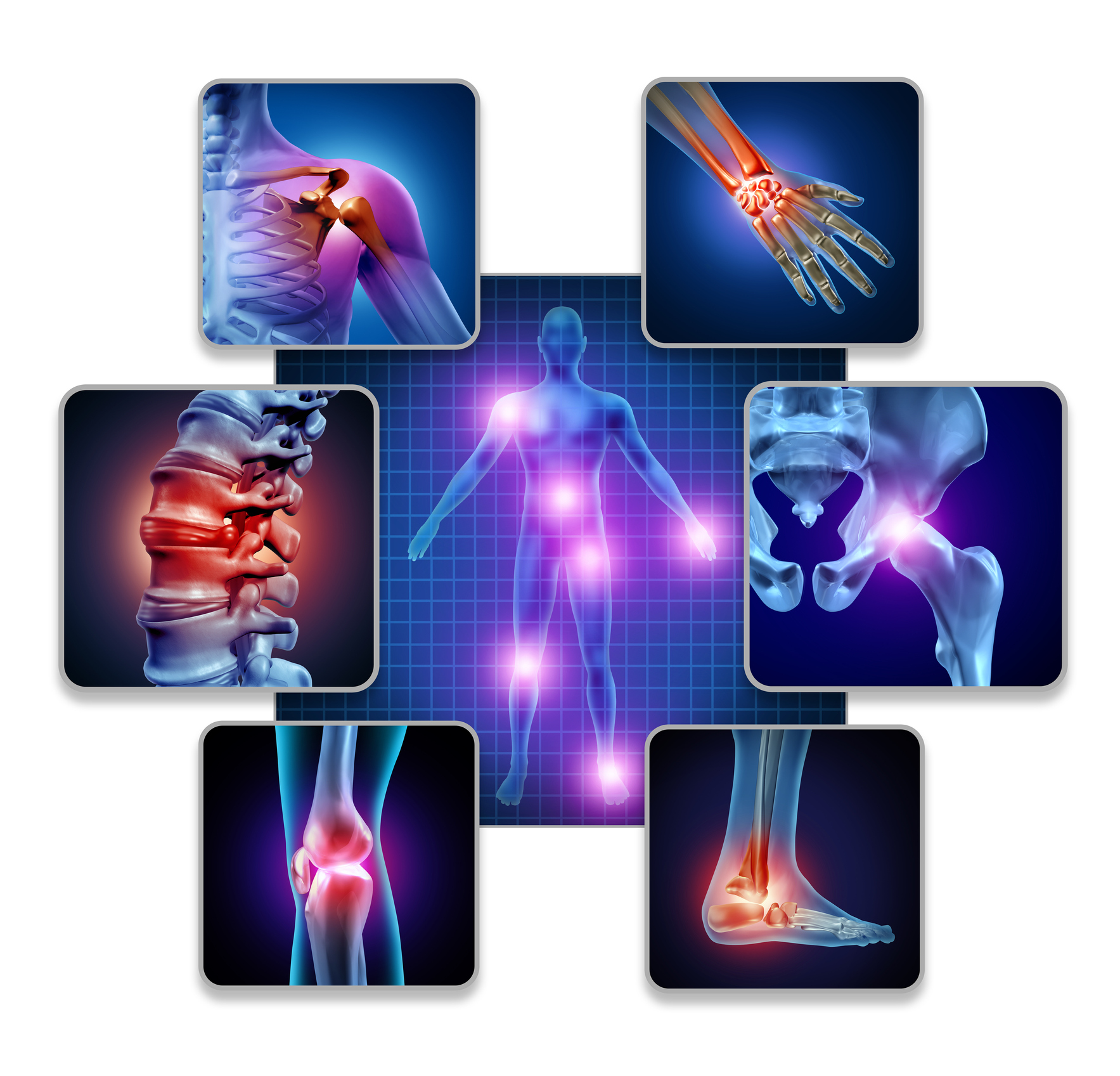Comorbidity between Restless Legs Syndrome and Attention-Deficit/Hyperactivity Disorder remains a matter of debate. This putative association, possibly reflecting a shared brain iron homeostasis and dopaminergic dysfunction, supports the hypothesis of a neurodevelopmental component in Restless Legs Syndrome pathogenesis. The aim of this study was to investigate Attention-Deficit/Hyperactivity Disorder and Obsessive-Compulsive Disorder symptoms prevalence in adult patients with primary Restless Legs Syndrome compared to another ill group of patients with obstructive sleep apnea syndrome to control for the disease specific effects on psychiatric symptoms and a healthy individuals control group. Clinical data were obtained through standardized and validated self-administrated questionnaires evaluating Attention-Deficit/Hyperactivity Disorder and Obsessive-Compulsive Disorder symptoms frequencies in 139 outpatients with idiopathic Restless Legs Syndrome, 111 patients with treated obstructive sleep apnea syndrome and 136 healthy subjects. Our findings demonstrate a higher prevalence of Attention-Deficit/Hyperactivity Disorder symptoms among both male and female patients with Restless Legs Syndrome, compared to obstructive sleep apnea syndrome patients and healthy subjects (33.3 and 43.5%, respectively, < 0.001). Only women presented a strong relationship between Attention-Deficit/Hyperactivity Disorder and Restless Legs Syndrome severity ( < 0.001). Male and female in the three groups showed similar Obsessive-Compulsive Disorder symptom prevalence. These findings indicate that Attention-Deficit/Hyperactivity Disorder symptoms among adult patients with Restless Legs Syndrome populations are a robust phenomenon. These data provide arguments in favor of an enlargement of the clinical neuropsychological presentation of Restless Legs Syndrome and question the role of decreased brain iron of these psychiatric symptoms.
Attention-deficit/hyperactivity and obsessive-compulsive symptoms in adult patients with primary restless legs syndrome.


